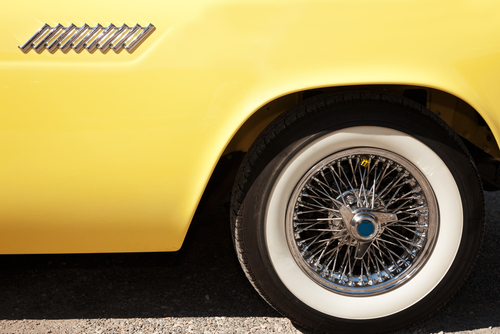Antique Car Insurance: How the VW Bus Came to Be
Antique Car Insurance: How the VW Bus Came to Be
Volkswagen produced the first generation of VW buses, officially called Volkswagen type II, in the 1950s and 60s. This panel van was Volkswagen’s second car model after the VW Beetle, the Volkswagen Type I. This first generation featured VW buses in the form of split screens. These “splitties” earned their name due to the split windscreen and also sported a sweeping v-line front. They had a rear air-cooled engine that was simple and reliable.
The first VW Bus was alternatively called the Transporter, Station Wagon, Kombi, or Micro Bus, and later the Vanagon and Eurovan. No matter what you called it though, it had great success in its first generation. The VW Bus was recognized for its remarkable space efficiency and innovative design. It sported tall upright seats and a great view for passengers.
The split-screen design of the VW Bus was replaced in 1968 by the “early bay” window version. The style of the bay was a redesign that was considered “radical” at the time. It had major suspension changes and engines fitted with a stabilizing “back bar”. A one piece windscreen and wind down windows also added to the changed.
1973 saw the introduction to the “late bay”. This saw changes in the “wrap around” style bumpers being replaced with the square style, front indicators being moved up to the new grille, and had an option of larger engine sizes. The last VW Bus with the bay style was produced in 1979. This year marked the end of the famous VW air-cooled engine.
Sales of the VW Bus were still going strong into its third generation in 1984, until Chrysler launched its Dodge Caravan and Plymouth Voyager. Despite the steady success of the VW Bus, by the 1990s and the 2000s, it was just no longer as popular. VW introduced a more powerful version in 1999, but that only lasted through 2003.
Whether you own an antique VW Bus or any other type of classic or antique car, it’s important to protect it financially with the right type of insurance coverage. At Condon Skelly, we know how exciting it can be to start a classic car collection. We’ve been helping our customers protect their classics with affordable, industry-leading insurance coverage since 1967. We’re a group of collectors, enthusiasts, and professionals who specialize in insuring all types of collector vehicles. For more information, please contact us today at (866) 291-5694.



